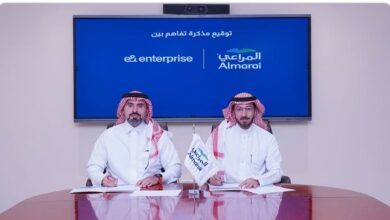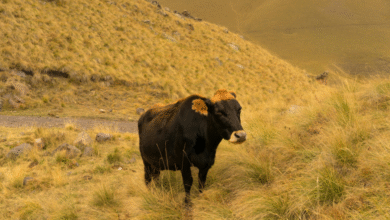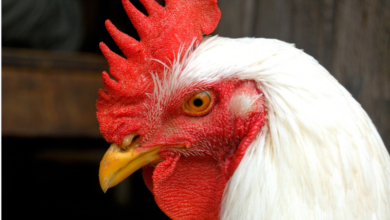
The UAE’s chicken meat production is forecast to grow by 17 percent in 2025, supported by governmental initiatives such as feed subsidies and technological investments. Consumption is expected to rise by 6 percent due to population growth, increased consumer spending, and a thriving tourism sector. Imports will see a 4 percent increase with a significant surge in poultry purchases in early 2024, driven by regional geopolitical instability. Shipping disruptions in the Suez Canal, forcing shippers to reroute around the Cape of Good Hope, add further instability to trade dynamics
Production
Post forecasts that chicken meat production in the United Arab Emirates (UAE) will grow by 17 percent in 2025 fueled by government support through feed subsidies, investments in modern technology, and the construction of new facilities. Consumption Post forecasts that chicken meat consumption in the UAE will increase by 6 percent in 2025 driven by population and consumer spending increases, in addition to booming tourism, real estate, and construction sectors
Imports
Post forecasts that chicken meat imports will increase 4 percent in 2025 to meet local demand, particularly as geopolitical instability in the Middle East spurs shipments. Heavy reliance on imports due to limited local production capacity, makes the UAE one of the world’s largest importers of chicken meat. Post expects Brazil to continue to dominate the UAE market, benefiting from its competitive pricing, preferred packaging sizes, product offerings, and strong local presence. Constraints on Turkish shipments are also likely to further bolster Brazil’s market share. Chicken Meat Production, Consumption, and Imports in the UAE (2023-2025)
Chicken Meat Production, Consumption, and Imports in the UAE (2023-2025)

UAE’s Government Feed Subsidies Support Production Expansion
Currently, UAE domestic production fills only 15 percent of chicken meat consumption and relies on the international market, primarily Brazil, to supply the remaining 85 percent. Given this reliance on imports and concerns about regional security, the UAE’s National Food Security Strategy 2051 aims to develop a comprehensive national system based on enabling sustainable local food production through modern technology. Although broiler meat has advantages over other meats in terms of production time, costs, and feed conversion efficiency, feed still accounts for 60-70 percent of total production costs. The UAE, being dependent on feed imports, faces challenges in this area. Most livestock and poultry production is concentrated in Abu Dhabi, where the Abu Dhabi Agriculture and Food Safety Authority (ADAFSA) has launched a “Livestock Fodder Support Program.” This initiative aims to provide UAE livestock and poultry producers with convenient access to high-quality feed at competitive prices, supporting and sustaining local production. Through the program, local livestock and poultry producers purchase subsidized fodder online through the TAMM platform or through ADAFSA’s fodder distribution centers using the Agricultural Services Card. To ensure a reliable supply of high-quality feed, ADAFSA has partnered with 13 leading local companies to supply fodder, thereby enhancing the strategic stock of animal feed. Local poultry producers can then purchase feed at discounts of up to 25 percent
Source : USDA Report














